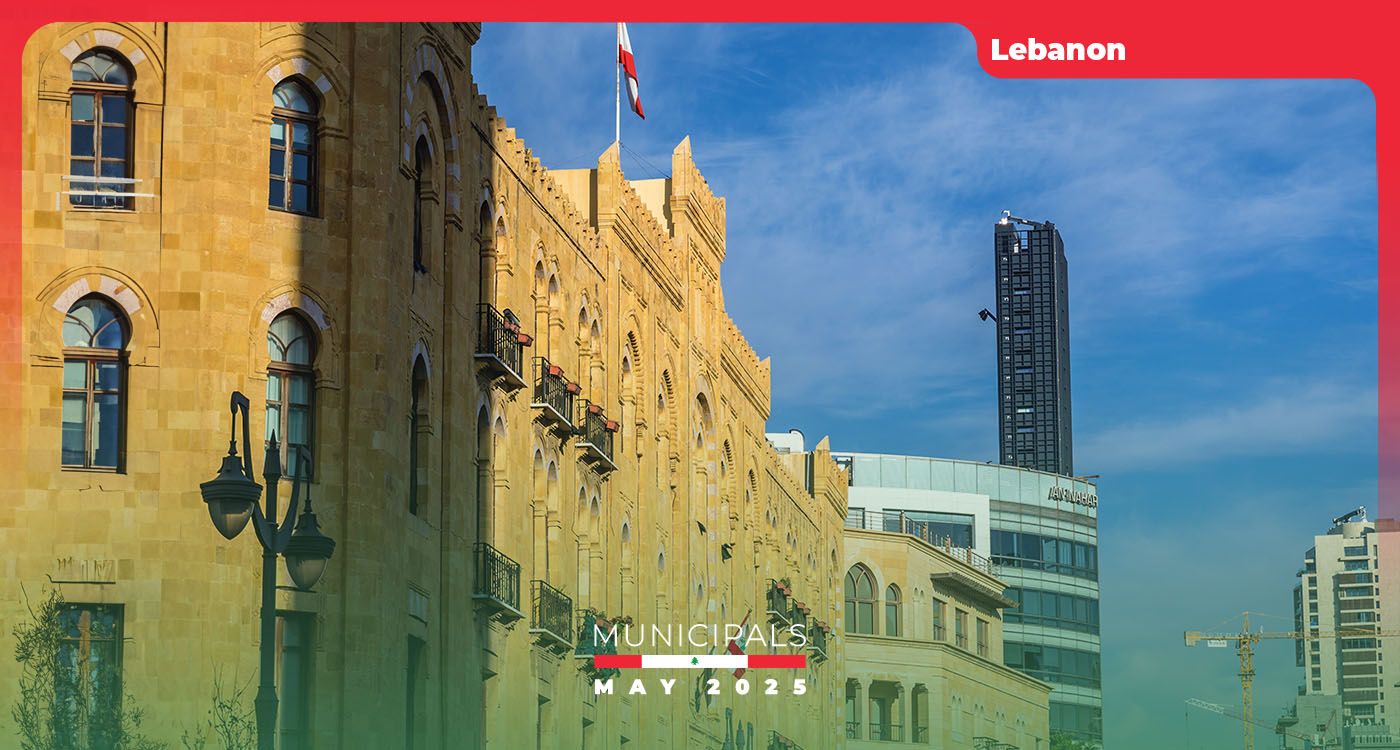
Beirut’s municipality is, in truth, more than a municipal body, yet smaller than a republic. It is effectively a quasi-state, given the sheer number of people who enter the city each day for work or residence — a figure that amounts to nearly half of Lebanon’s population. More than 60 percent of the country’s registered vehicles also enter the city at least once on an average day.
This intense centralization has elevated Beirut to a unique status. It explains the weight given to its municipal elections, both politically and popularly, and why there is constant insistence on maintaining parity within the municipal council. The reasoning is simple: if Beirut is half a state, its municipal makeup should reflect and preserve Lebanon’s fragile demographic balance.
Since the Ottoman era, Beirut’s municipality has been tasked with representing the city’s public figures. Historically, the city’s demographic weight lay with the Sunni and Orthodox communities, before the unfortunate shifts caused by the war and the subsequent division of Beirut. Between 1908 and 1911, Beirut was split into two municipalities: a western one headed by a Sunni figure, and an eastern one led by a Greek Orthodox.
Beirut’s municipality has often been a stage for larger political developments. Two moments stand out in particular. In 1998, the Lebanese Forces, represented by Joe Sarkis, gained a seat in the municipal council — the party’s first political comeback since its official dissolution in 1994, and a significant development at a time when Syrian influence was still dominant.
The second pivotal moment came in 2016, when the margin between the unified list of traditional political parties and the Beirut Madinati campaign — the first serious attempt by groups outside the established political order — was razor-thin. A breakthrough was within reach at any moment, especially given the low voter turnout and the strong appeal these civic movements held among the youth.
In many ways, Beirut’s municipality operates more like a parliament than a local council. Salim Salam, for instance, served simultaneously as municipality head and as an MP in the Ottoman parliament — a testament to the municipality’s political weight. Over the years, the municipality has also played a pivotal role in the emergence of political and social elites, providing a platform for numerous figures to assert their positions and demonstrate their capabilities.
Financially, Beirut's municipality has long been the wealthiest in the country, with tens of millions of dollars in reserves before the crisis. This substantial sum could have funded ambitious projects, but various obstacles brought these initiatives to a standstill, triggering successive crises within the administrative apparatus and organizational structure.
Today, the Beirut municipal elections are akin to the formation of a new government. They come in the wake of the Lebanese pound’s collapse and amid efforts by Beirut’s residents to establish a municipal council that ensures parity and coexistence, while also safeguarding the city and its infrastructure. The municipality is now entrusted with overseeing areas affected by the Beirut explosion, as well as projects aimed at preserving historic buildings, public spaces, roads, landmarks, and addressing the displacement crisis, among other pressing challenges.
The municipal elections are not merely about choosing a municipal council — they are of national significance. To downplay their importance is to underestimate Beirut’s potential to drive meaningful change.



Comments